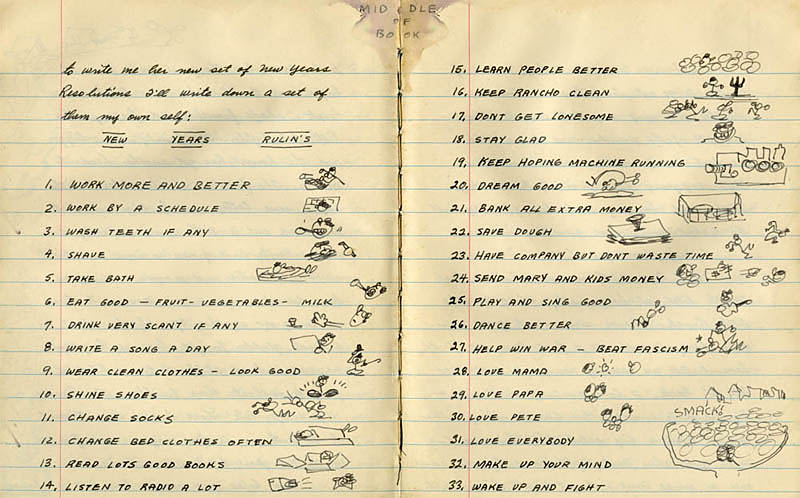I was recently gifted a copy of Dreyer’s English: An Utterly Correct Guide to Clarity and Style, a book by Random House Copy Chief Benjamin Dreyer. It is one of the latest in a line of modern guides on editing and writing that shed the stuffiness usually associated with language and instead take on the subject with wit and humor.
Amid references to pop culture and classic literature, tips on spelling and punctuation, and even a relatable confession that the rules of grammar aren’t always interesting (sorry, linguistics enthusiasts), there is a chapter called “The Confusables.” Confusables are homonyms, synonyms, similarly spelled words, words with comparable meaning — a word you thought you meant but did not. As Dreyer puts it, “Spellcheck is a marvelous invention, but it can’t stop you from using the wrong word when the wrong word you’ve used is a word (but the wrong word).”
He’s right. Spellcheck and software like Grammarly are useful, but they don’t perform the same function as an editor. This can feel hard to explain to businesses looking for a way to cut costs. Copy editors are increasingly difficult to find in newsrooms, advertising agencies, and other companies that decide to leave writers to edit their own copy. But, like with many of the finer points of editing, confusables are hard to detect, and a keen, well-trained eye is needed to spot them. (Not to mention it feels pretty darn satisfying to catch one.)
Dreyer includes a list of common confusables in his book. Here are a few I have seen recently:
Affect/effect
This is one of the more common pairs of confusables. There are some subtler differences between the 2 words, but most of the time the RAVEN rule (Remember, Affect is a Verb, and Effect is a Noun) will get you by.
Casual/causal
In medical and scientific editing, we frequently discuss the use of causal language in studies (ie, the inference that there is a relationship between variables). Casual language might be used to describe a relationship with friends. A misuse of either of these words might be easy to read over because they are very close in spelling, but they are very different in meaning.
Discreet/discrete
To be discreet means to be prudent, while discrete means separate or distinct. I used to have a hard time differentiating these 2 words until a fellow editor shared her mnemonic device that the t between the e’s of discrete keeps them separate from each other.
Intermediate/intermittent
These confusables, though different in definition, have some crossover in usage. Intermediate means in the middle, while intermittent means in intervals. So, sure, a solution could be mixed using either intermediate or intermittent shaking. But how does one quantify an intermediate shake? It’s likely intermittent is meant in this situation, but if something isn’t completely clear, it’s always best to ask the author to clarify.
Peak/peek
This pair is tricky because writers might think of the oft-combined “sneak peek” and want to use the ea spelling for both. However, peak refers to a high point, such as the peak concentration of a drug, and peek means to look. The way I keep these straight is associating the ee of peek with the ee of peer or the 2 e’s in eye.
Rational/rationale
These 2 words have similar spelling and meaning, with only one letter setting them apart. However, rational means to be reasonable while rationale is the reason behind said reasonableness.—Jamie Scott


